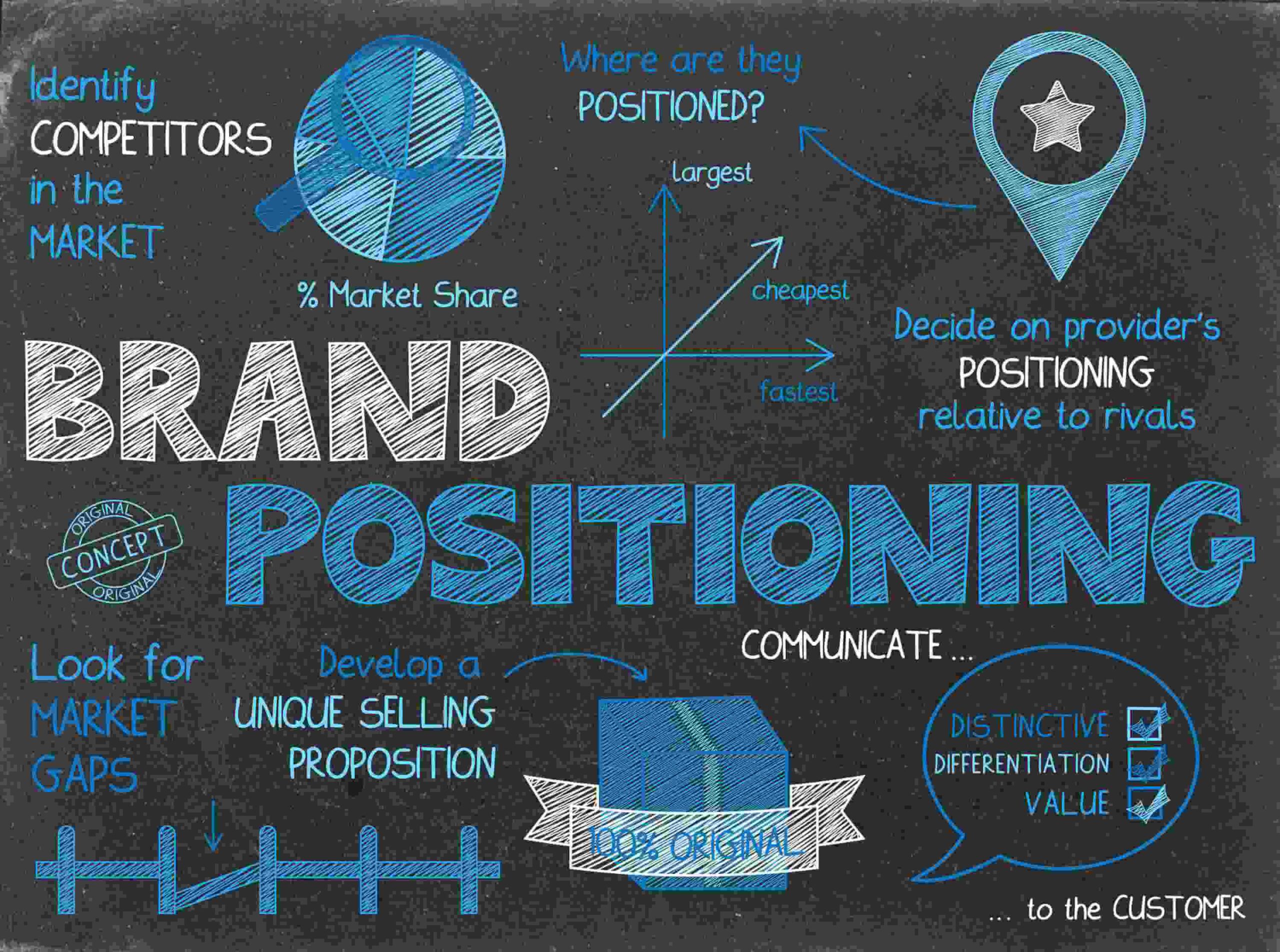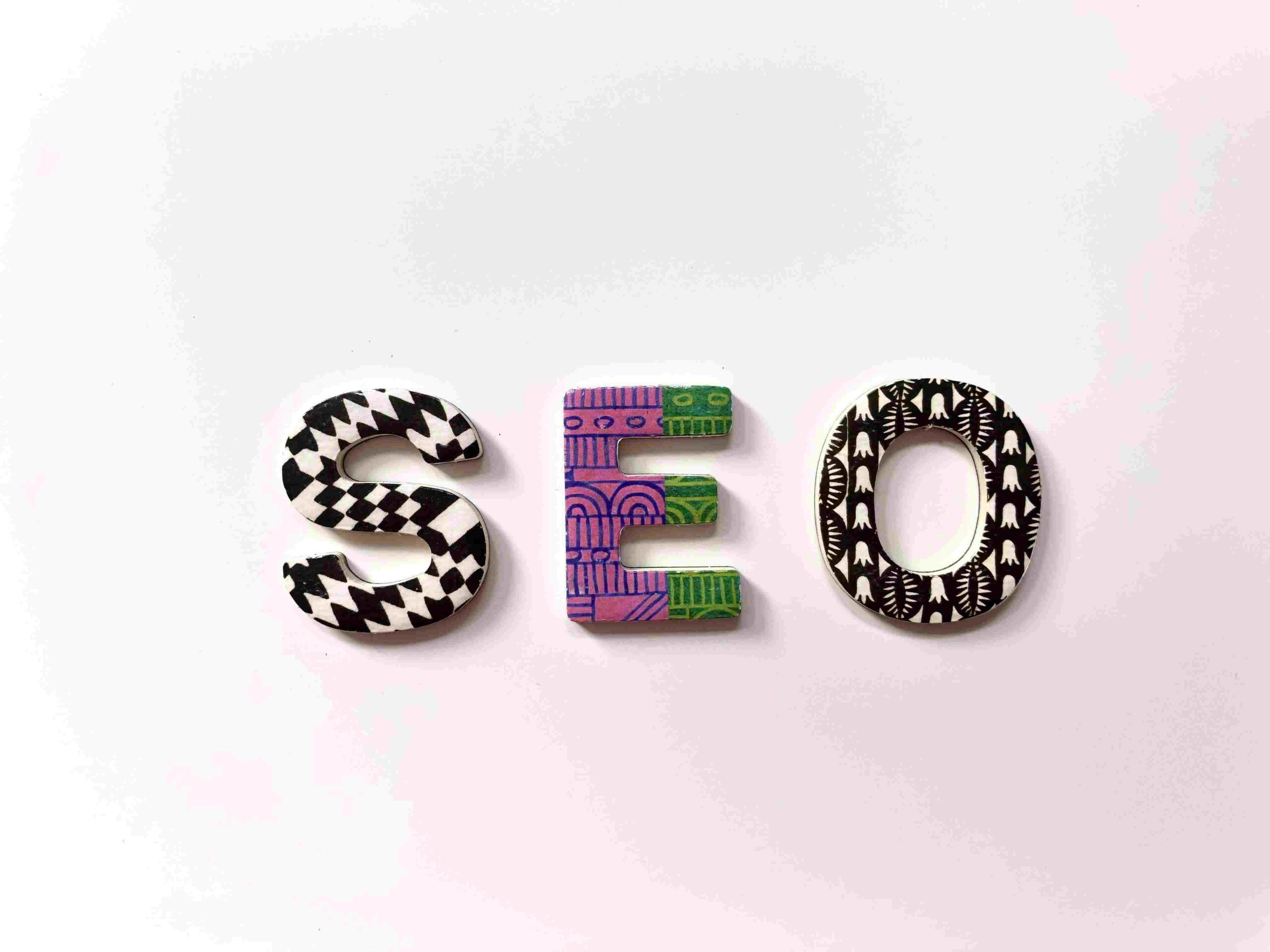

What is SEO and Why Are Keywords Important for Your Rental Business?
what is SEO and why is this so important to work with when setting up your rental webshop? Learn the basics about SEO

Personalization is key to making your online shop stand out, and our template comes with numerous abilities to customize your site.
How to customize your frontpage
Having a well-designed and organized front page with products and categories on your website is important for several reasons:
As a business owner or marketer, understanding your company’s position in the market is crucial for developing a successful marketing strategy. Your company’s position reflects its unique value proposition, its target audience, and how it differentiates itself from competitors. One of the most important aspects of reflecting your company’s position is ensuring that your website aligns with it. In this article, we’ll discuss why and how to tailor your website to appeal to your target audience and provide them with a positive experience.
Whether your company operates in a B2B or B2C market, or both, your website should be tailored to appeal to your target audience. Your website is your virtual storefront and is often the first interaction a customer has with your brand. It is crucial to make a positive first impression and provide an excellent user experience. A poorly designed and confusing website can lead to lost sales and negative brand perception.
If your company has multiple core segments that are your customers, it is important to consider the customer journey that you want to create for each segment. This includes identifying their needs, interests, and pain points and mapping out a path that guides them from initial awareness of your brand to making a purchase or taking another desired action.
One way to facilitate this journey is to use product categories to create an easy path for your customers. By organizing your products or services into clear categories, customers will be able to quickly find what they are looking for and understand the value your company can provide. This can help to reduce confusion and frustration and improve the likelihood of customers making a purchase or engaging with your brand. Use categories if your customers are a mix of B2C and B2b to make the customer journey easy and navigation intuitive.
In addition to creating a clear path for customers, it is important to ensure that your website accurately reflects your company’s position in the market. This includes ensuring that your messaging, branding, and tone of voice align with your target audience and the image that you want to project. If your company is positioned as a high-end luxury brand, for example, your website should reflect that through design, imagery, and language.
Tailoring your website to reflect your company’s position involves several key elements. These include:
Your website design should be consistent with your brand identity and reflect your company’s position in the market. For example, if you’re a luxury brand, your website design should reflect sophistication and elegance.
Your website messaging should be tailored to your target audience and reflect the benefits of your product or service. Use clear and concise language to communicate your value proposition and the unique benefits that your brand offers.
The tone of voice you use on your website should be consistent with your brand identity and reflect your company’s position in the market. For example, if your brand is casual and fun, your tone of voice should reflect that.
The user experience on your website should be seamless and intuitive. Make it easy for customers to navigate your website, find what they’re looking for, and complete desired actions, such as making a purchase or filling out a contact form.
Understanding your company’s position in the market and ensuring that your website reflects that position is essential for building a strong brand and attracting and retaining customers. By taking the time to consider your customers’ journey and creating an intuitive website experience, you can improve engagement and drive growth for your business.
Go to our Sharefox rental academy to learn how to set up your rental website now.